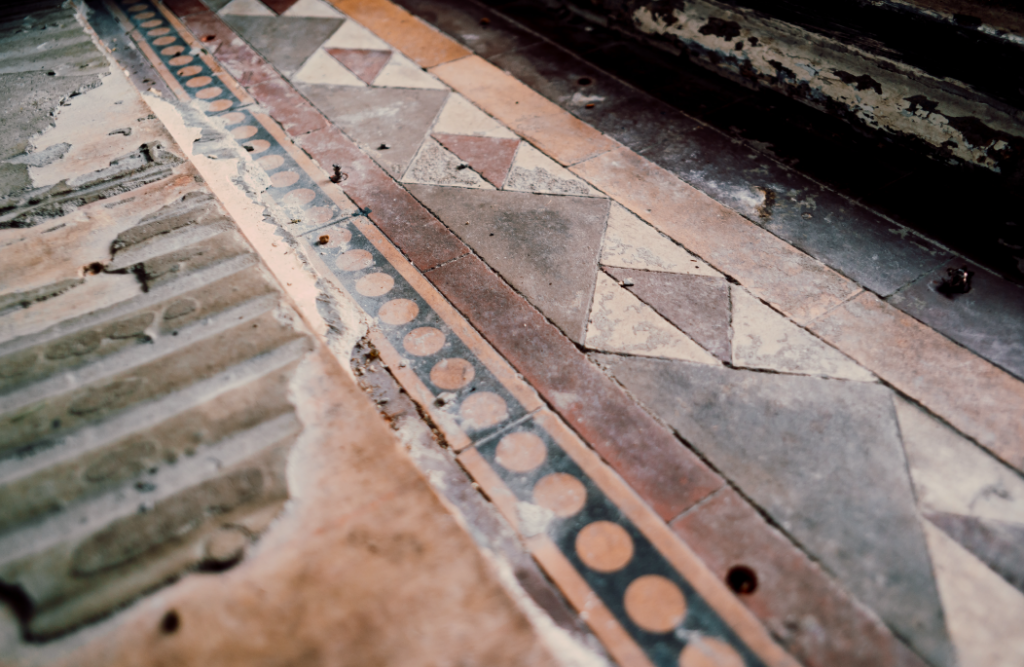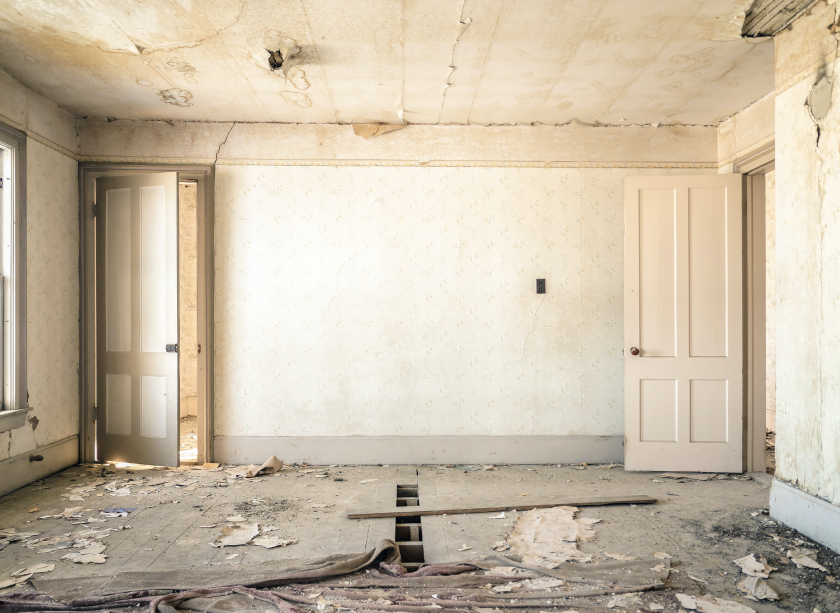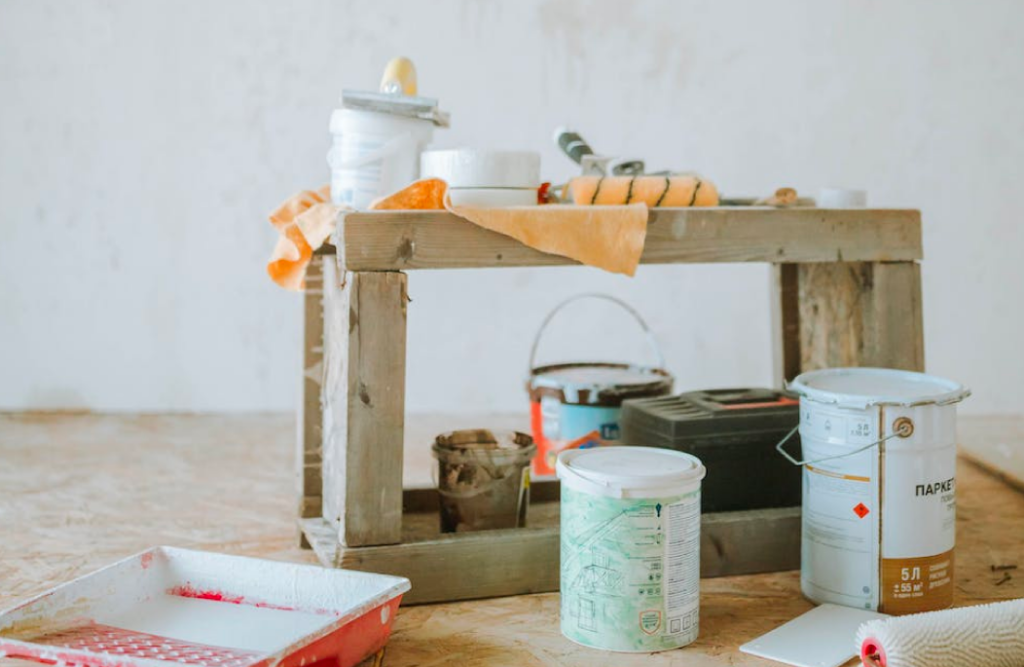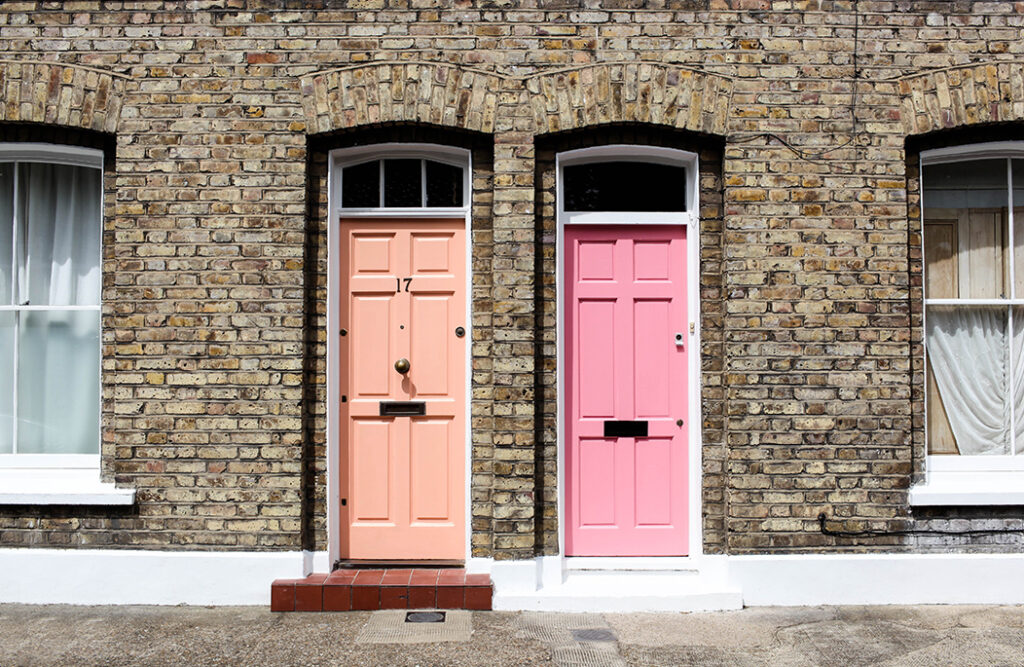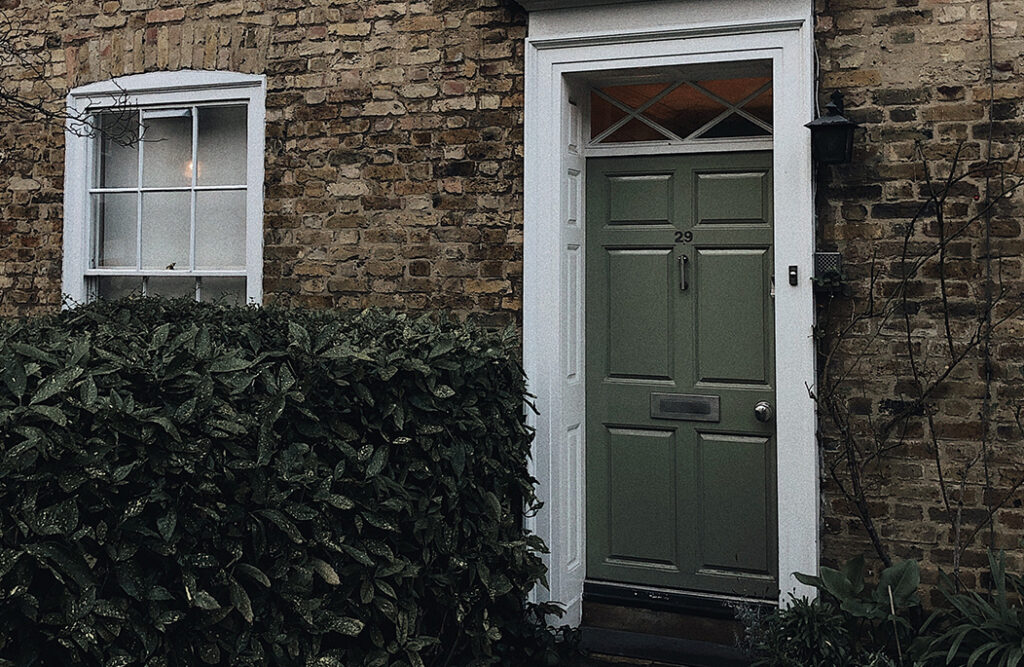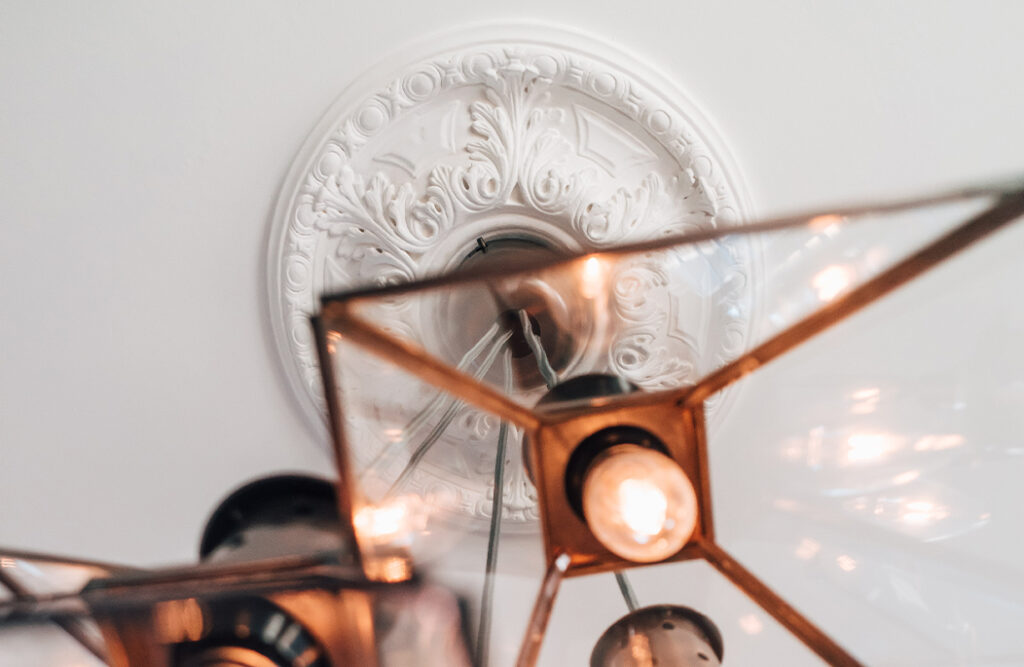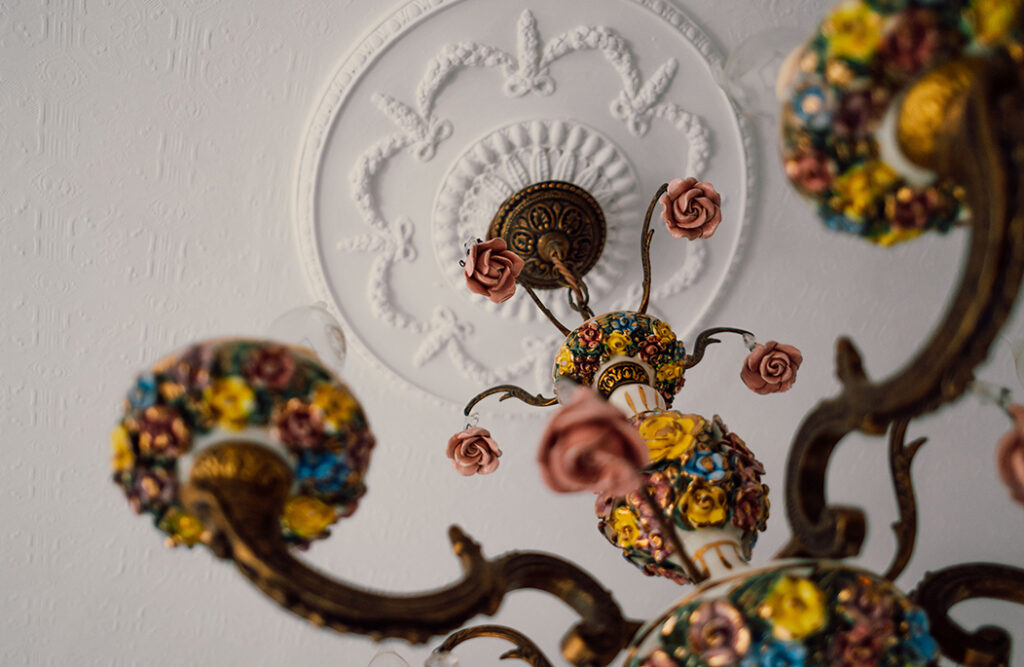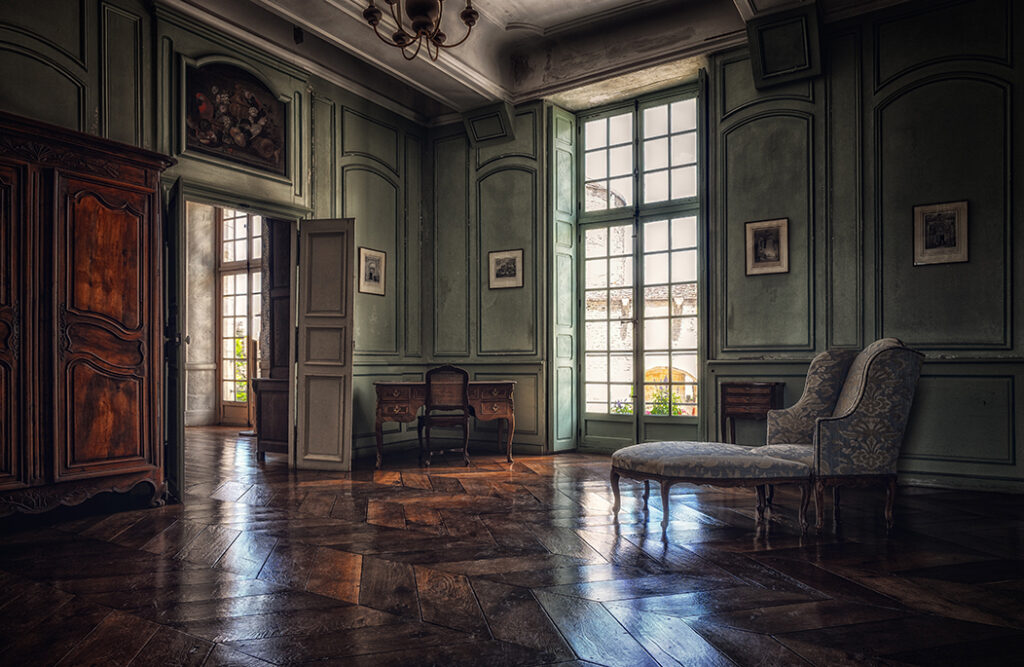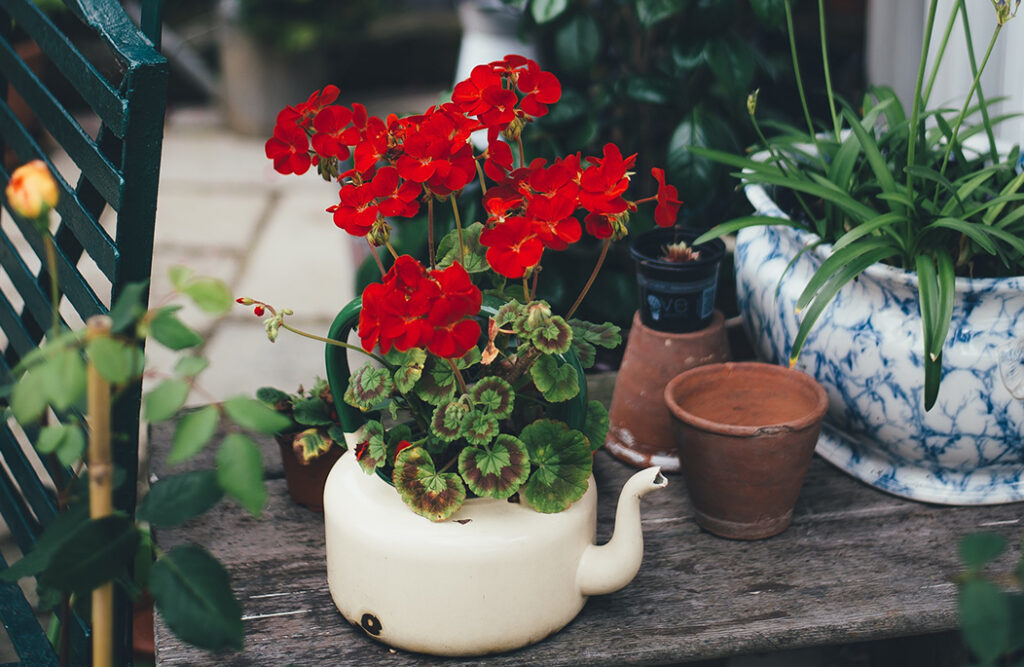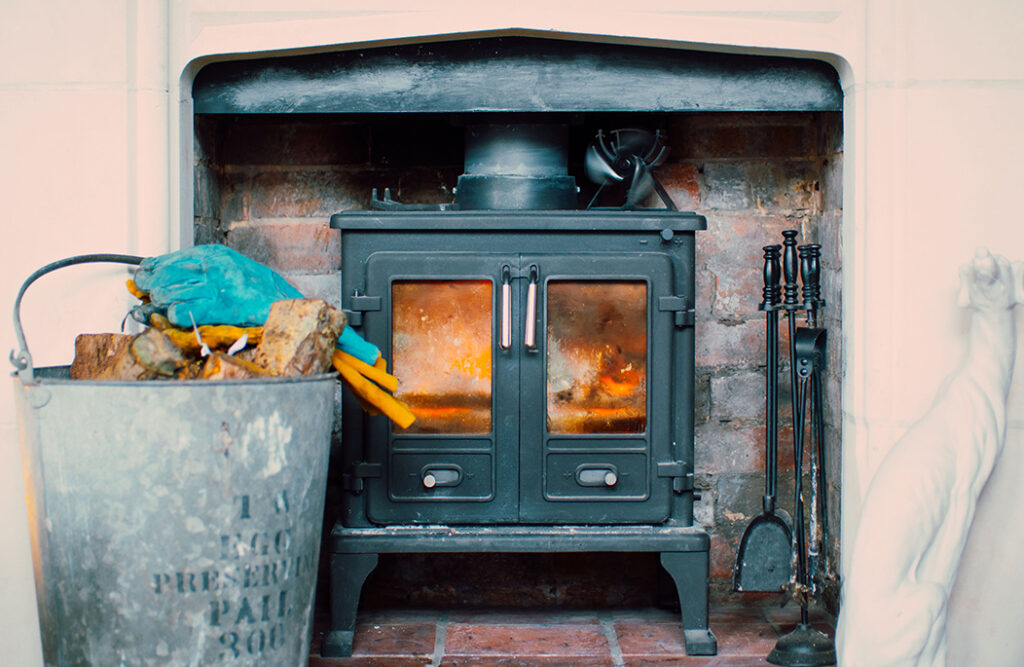House building exploded during the reign of Queen Victoria (1837-1901) and many fine homes from the period survive today in towns and cities the length and breadth of Britain.
These homes feature high ceilings, generously proportioned rooms, and fine detail, but above all, it is their durability that makes them such an attractive option for buyers.
However, their age and the speed with which they were built means, inevitably, that many today come with construction problems.
Here are nine of the most common construction problems to look for when choosing a Victorian home.


1. Penetrating damp
Victorian homes are mostly constructed with solid masonry walls that are prone to rainwater penetration. The damp could eventually penetrate through to internal surfaces, causing plaster to crumble and paper to bubble.
2. Rising damp
Rising damp is the upward creep of moisture, which can affect exterior and internal walls that touch the ground and are not protected by a damp course. It can also affect walls that have a damp course that has been compromised.
3. Condensation
Solid Victorian walls are less thermally efficient than modern cavity walls and are more prone to condensation. That being said, some Victorian properties built later in the time period include cavity walls, making them better insulated.
Condensation is a common construction problem often caused by poor ventilation. Moisture in the air is unable to escape the house but instead deposits on cold surfaces. Extra air bricks or window vents may correct the problem.
download the full victorian homes ebook
Download Victorian Homes, a free ebook created by Adrian Flux insurance services. It is full of Victorian house facts, tips on how to create a Victorian style house — even if you live in a new-build home — and advice on where to source original Victorian and reproduction fixtures, fittings, furniture, accessories and art.
4. Poor sub-floor ventilation
Many Victorian homes have a suspended timber floor at ground level. Good sub-floor ventilation will allow moisture within the sub-floor to evaporate and vent. Problems are often caused when Victorian homes are extended without giving due consideration to sub-floor venting.
5. Neglected chimney stacks
Weathered bricks, loose pots and poor flashings are all signs of a neglected chimney stack. You should check for staining to chimney breasts in the bedrooms (if they have been retained) and in the loft.
6. Cracked cast iron guttering
Defective gutters and downpipes are common construction problems and can exacerbate damp issues. Old metal pipes and fittings often leak and many downpipes drain to the soil or paved areas. This can cause damp and structural problems.

7. Defective masonry
Stone and brick-work can be eroded by general weathering or cracked as a result of structural movement.
8. Rotting floor timbers
Rotting timbers at ground floor level are common and are often caused by raised ground levels and poor ventilation.
9. Obsolete service installations
Electrical systems should be checked regularly, every five years or so, in the same way that gas boilers are serviced annually. Many electrical installations do not provide modern safety protection, such as mains-wired interlinked heat and smoke detectors.
Getting your home checked professionally
Even if you fall in love with a Victorian home at first glance, you will still need to get a structural survey to ensure it is a sound investment and that any construction problems can be addressed.
There are three levels of survey:
- A Full Building Survey (also known as a Level 3, or ‘Full Structural’, survey).
- A HomeBuyer Survey (Level 2).
- A Condition Survey (Level 1) .
The survey usually costs between £400 and £1,500 depending on which one you choose as well as other factors like the size and estimated cost of your house.
However, that may be money well spent if the survey reveals big construction problems that you would otherwise have been unaware of. And if something does come up, it can be used as a bargaining tool when it comes to negotiating a price favourable to both vendor and buyer.
The survey is usually conducted by a chartered surveyor and will provide tailored advice on any issues, alongside guidance on the repairs and maintenance required. If you are considering buying a Victorian home, it’s a good idea to find a chartered surveyor near you.
Get more tips on your period home
Download our free ebook, which is full of Victorian house facts, tips on how to create a Victorian style house — even if you live in a new-build home — and advice on where to source original Victorian and reproduction fixtures, fittings, furniture, accessories and art.
Looking to insure your Victorian Home?
Adrian Flux is a specialist insurance compnay offering bespoke cover for all period and Victorian homes. Call 0800 369 8590 got a fast and hassle-free quote.
Our home insurance customers saved an average of 31% in 2021 when taking out a policy with us. See how much you could save by giving us a call.
